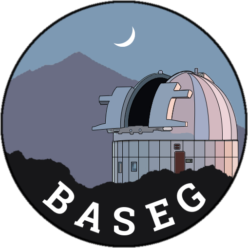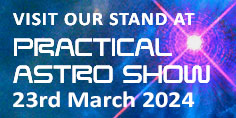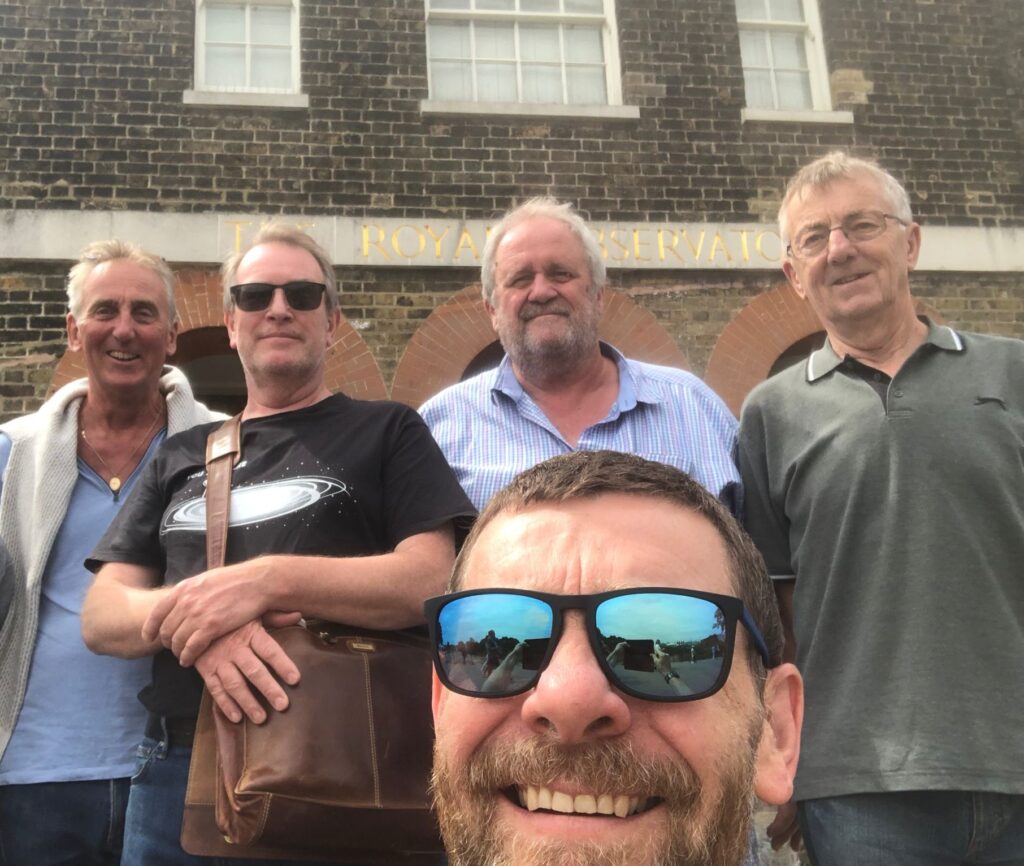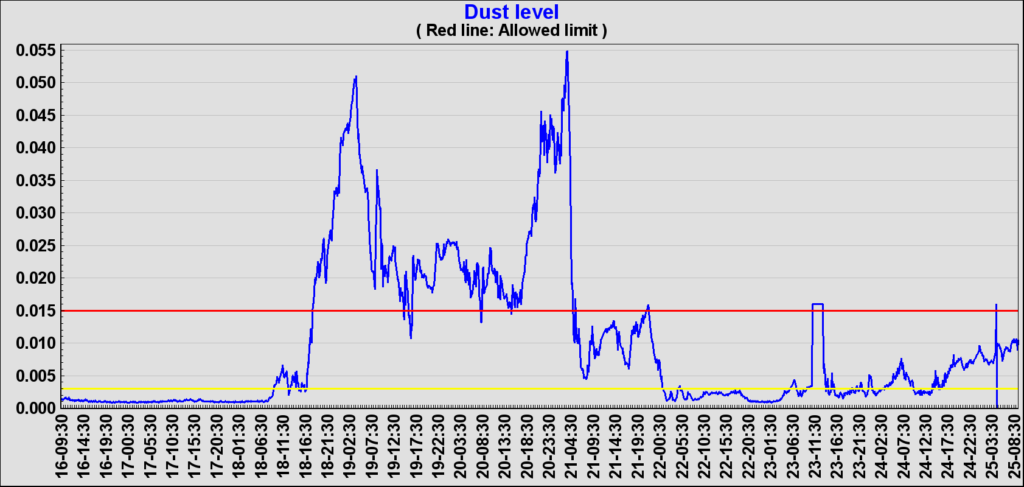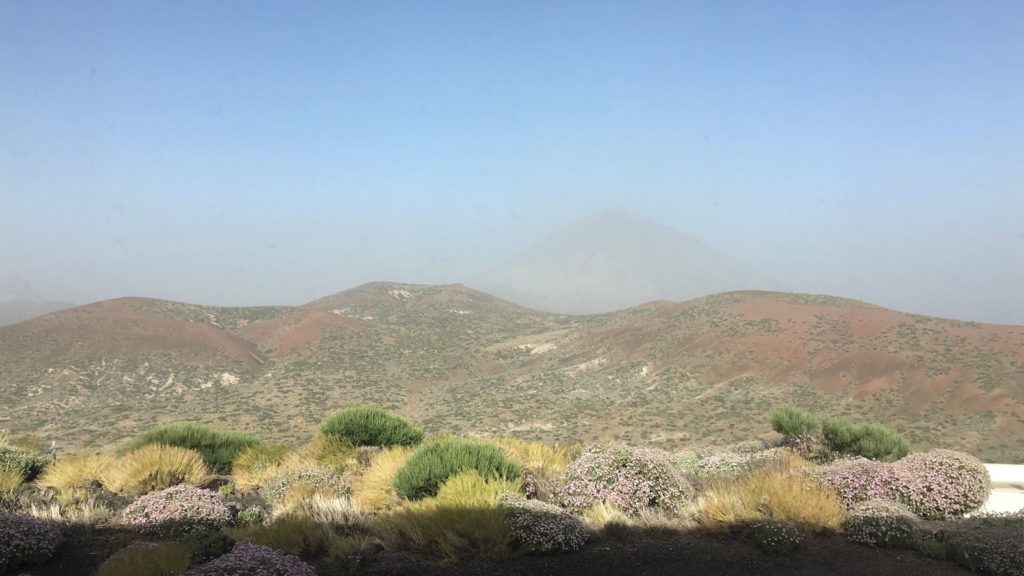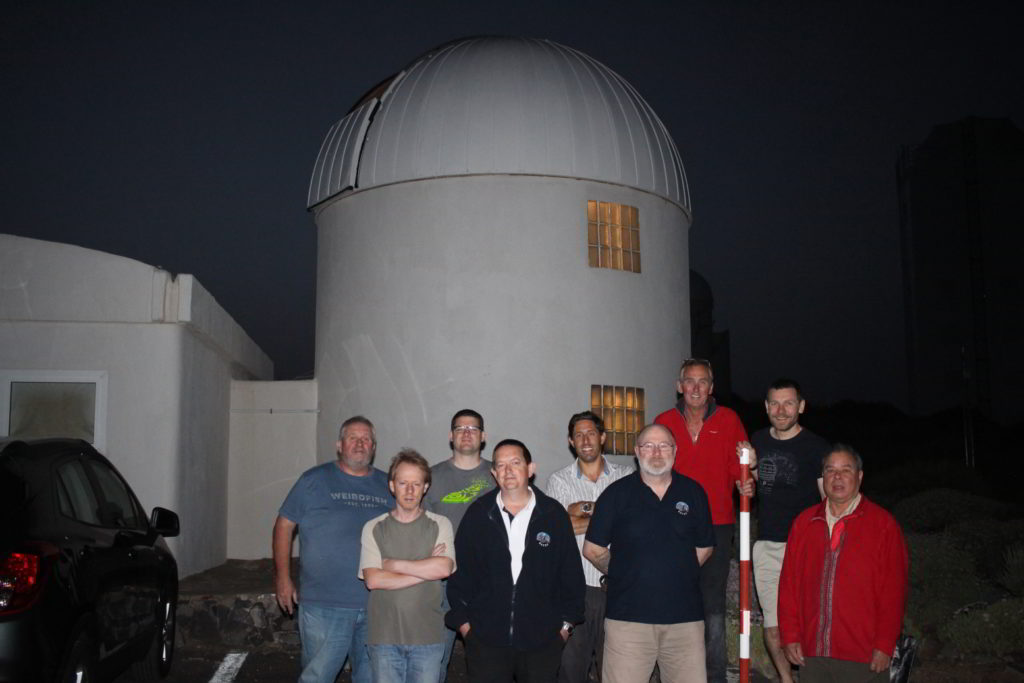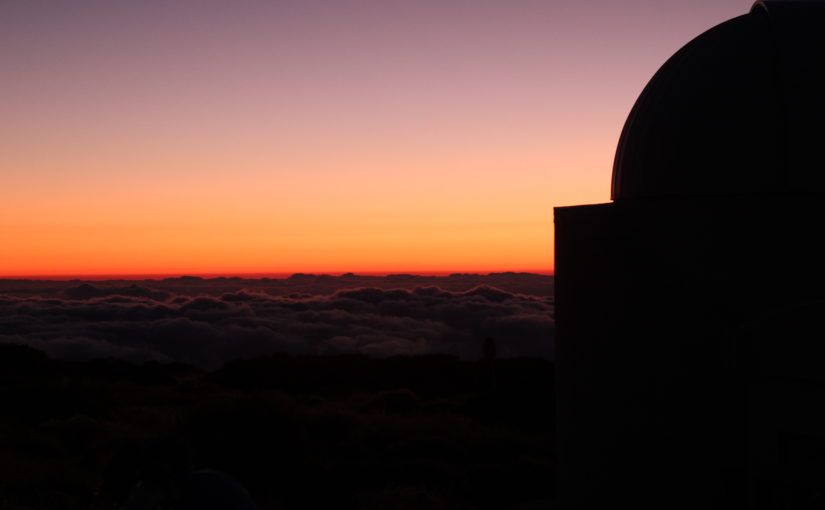Most of the BASEG membership attended the Practical Astronomy Show held at the Stoneleigh Park show grounds on 23rd March 2024, luckily admission and parking was free.
My first impressions of the show was that it was smaller than I expected and this was because a couple of the industries well known vendors such as First Light Optics and Rother Valley Optics were unfortunately not present and I think the experience was lacking due to their absence 🙁 Of the vendors present there was good selection of items that we normally see at the other shows held during the year in the UK.
One of the group take interest in the Starlight Express stand where a prototype of their new active optics guiding (AOG) unit was on the table. The team told us that the unit was still currently in the design stage but hopefully would be available in the near future.
At the large Altair Astro stand which was always busy, the Pegasus Falcon Rotator 2 and Focus Cube 3 Universal focuser appealed to me in particular being a Pegasus fan. After some soul searching I decided to purchase them although I’m not yet sure which scope to attach them to !
One of the group bought an ZWO AM3 mount to replace their traditional mount which clearly was purchased for the BASEG Mount Teide (Tenerife) trip this coming July. Another decided to purchase the ZWO Seestar S50 which I’m sure will very likely to also make an appearance at Mount Teide !
Quite a few of us spent time at the stand hosted by the Webb Deep Sky Society. Here the amount of available publications was outstanding and as usual Owen Brazell was ever present. If you are into visual observing then it is highly recommended to join the society.
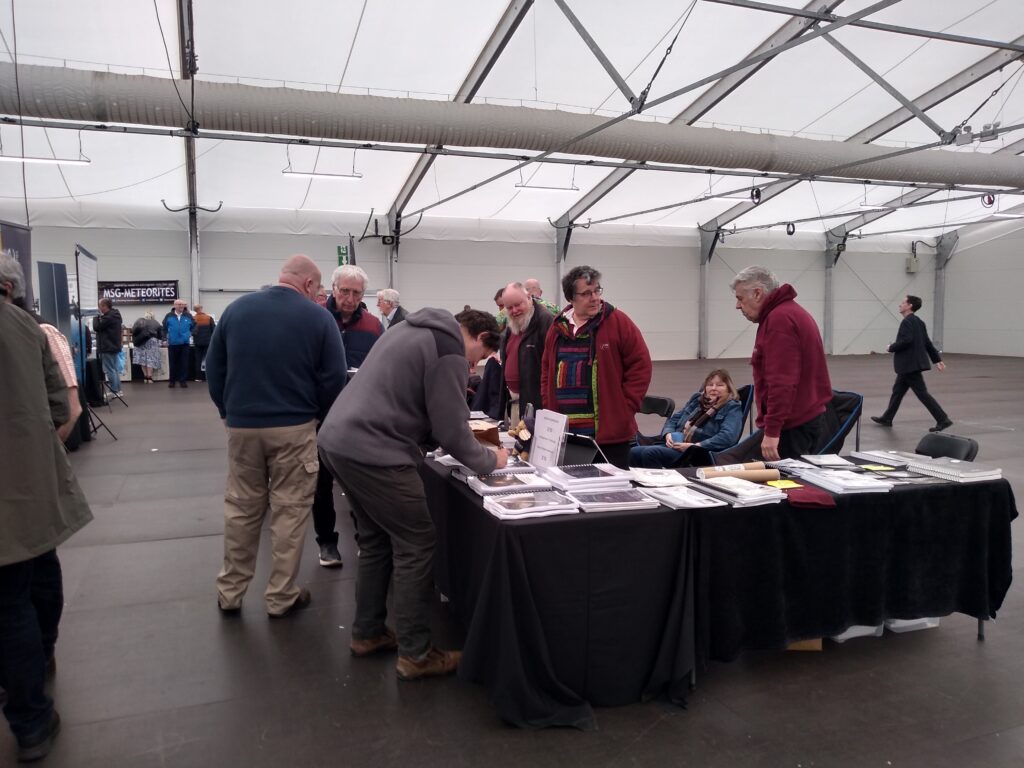
The following week after the show there was the announcement by Pegasus of the NYX-88 harmonic mount which is billed as the smaller brother to the existing NYX-101 mount. This was a real shame that a unit it was not available to be shown by one of the dealers.
I did get to walk around most of the vendors and chat before we left but I forgot to pop over the brilliant W&W Astro to look for a spare dew strap, so I will need to do that online at some point …. sorry Barbara 🙂
An informative Youtube video of the show was published by Astrobloke where he chatted to the various vendors in some depth.
A common comment amongst the group was the lack of adequate seating, especially given the amount of empty floor space in the venue as well as the long queue for refreshments. A shout-out should go to the vendors and organisers who took the time to travel to the venue as it make take some effort but especially to the site/security staff at the show who were polite and very helpful – thank you !
